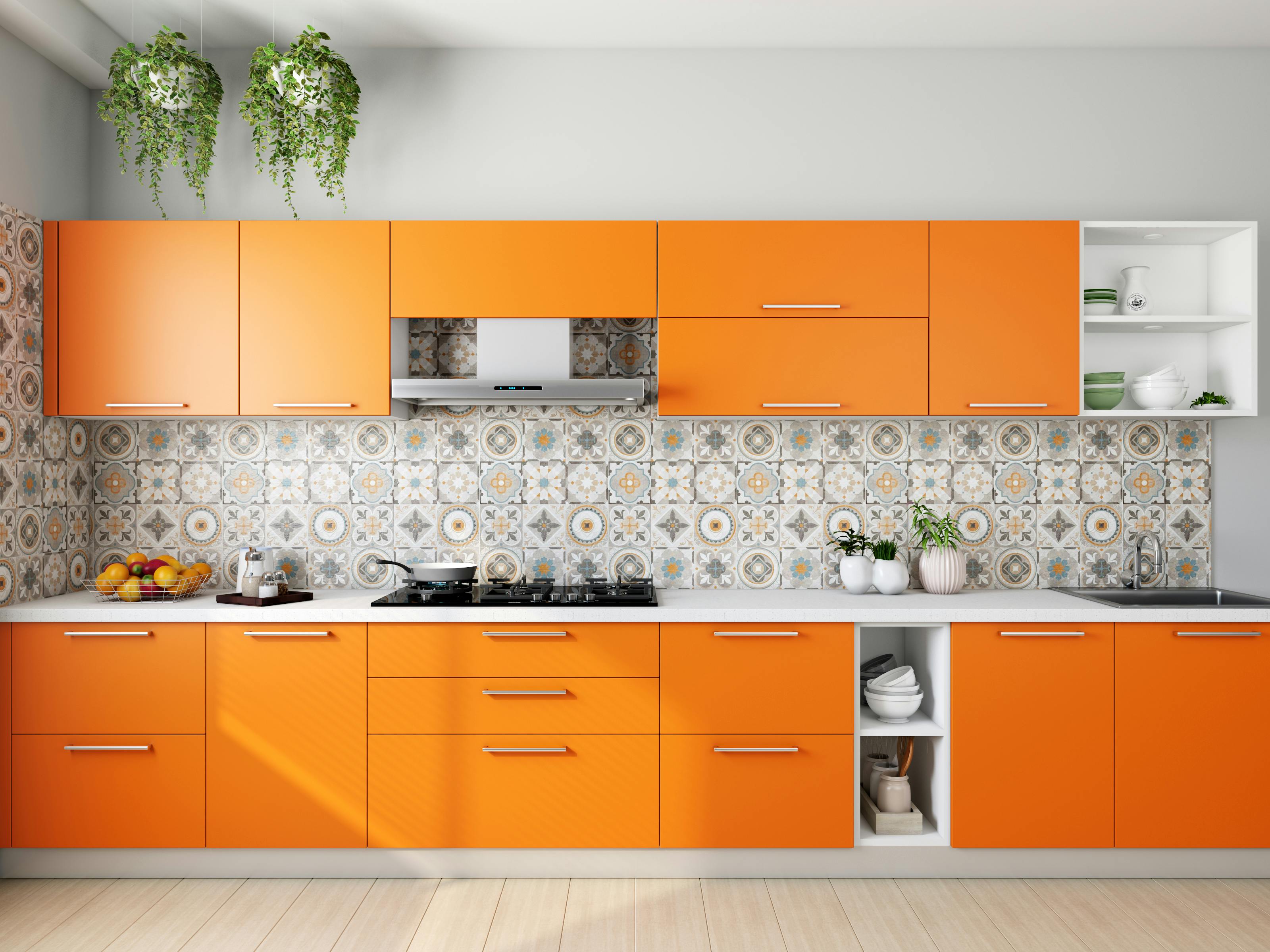In recent articles I touched very briefly on the subject of mosaics. This time I’m going to elaborate a little more.
Hybrid of stone, metal, glass and prefabricated. These are all tile styles that have become so popular in recent years thanks to technological advances in mass production. As a result, one would think the ceramic tiles are out of date, in a “good for grandma’s house” sort of way. Grab a meat, you’re in for a shock. Ceramic tiles these days are almost red carpet material. Yes, they can be a premium price. It is mainly the decorative tiles that will cost you your prettiest penny. But if you have the cash, there’s not much else to say except to say it’s worth it.
In any ceramic tile showroom worth its salt, you can easily spend hours upon hours trying to pick a design and commit to it. And of course, with anything ultra-cool, once you’ve made up your mind, you’ll inevitably go through another selection of tiles and transform into a drooling, indecisive jerk. I was recently in a ceramic tile showroom in West Los Angeles that literally blew my mind. It was complete sensory overload.
Ceramic tiles are made of a certain type of clay, which is fired at a certain temperature. At this point, someone waves a certain magic wand and voila! Ceramic tiles. Ok, that last part isn’t necessarily true, but at least now you know a few steps in the process. The difference between this and porcelain (for the consumer) is that ceramic is usually more handmade, less perfect, more irregular, more striking. On the other hand, porcelain stoneware is usually much more stylized, much more perfect. Because porcelain tile is fired at a much higher temperature, it is much more durable than ceramic. However, most people tend to gravitate towards ceramic tiles.
Usually, the more perfect something is, the more beautiful we find it. When buying tiles, that’s not the case. The beauty of ceramic tiles lies in its flaws and inconsistencies. Ceramic tiles have an undeniable charm and, for the most part, look like they were made by hand. Of course, looking handmade is part and parcel of BEING truly handmade, but I thought I’d point out the obvious. OK, the time for meaningless facts is over.
So back to the point… I’m a big fan of using ceramic tile, but I have to be honest, they are a pain in the ass to install. Within the ceramic tile manufacturing process, there can be up to 8% warpage during the cooling process, for whatever reason. So when you start laying tiles, you can usually see some tiles sticking out and looking weird. It will start to look less and less like it’s been poked in the eye once you’re about 50% complete with the mosaic. At this point, the irregularities come together and you begin to see the imperfect magnificence of everything. So if you’re new to laying ceramic tile, try not to get upset when you see what seem like glaring flaws in the product, because when it’s all done, those blemishes will only add to your satisfaction.
Ceramic tile has limitless design application really. You are only at the mercy of what you are capable of dreaming. There are so many different colors, glazes, shapes, sizes, elements, repeating patterns,… ok, ok… I think you get the idea.
When you’re in Rome, learn fucking Italian. (oh, and do what the Romans do) When you’re in a mosaic showroom, learn which mosaic goes where (oh, and do what the Romans do). Here are some facts that deserve your attention when shopping for ceramic tiles:
- Field tiles are anything that will take up the most space on a wall or floor. It is usually a tile that lacks elaborate designs and decoration.
- Base trim tiles run the length of the floor, at the bottom of one wall.
- Rail trim tiles are typically used to finish off half of a tile wall, creating a textural separation between the regular wall and the tile design.
- Corner (or crown) molding tiles are used where the top of the wall meets the ceiling.
To add sparkle to your tiles, you can use a border trim, which will run along the wall in a row, or you can insert a decorative tile. Deco, or “decorative tiles” are used as accent pieces, between moldings. You wouldn’t wear decorative mosaic tiles together because first, it would be too expensive, and second, it would end up looking as tacky as your 80s acid-wash jeans.
Decorative mosaics are only used as beautiful accents, decorative touches within a wall or floor in general. Just by placing a few decorative tiles strategically in your layout, you’ll get the most out of your efforts. So whether you think your interior living room needs a ceramic mosaic feature wall, or you just need to tear up your bathroom and go wild, ceramic mosaic tiles are a wonderful option and well worth considering.



